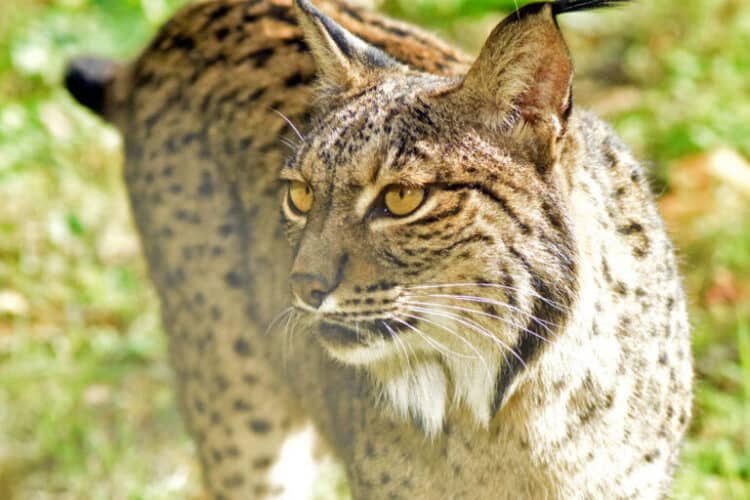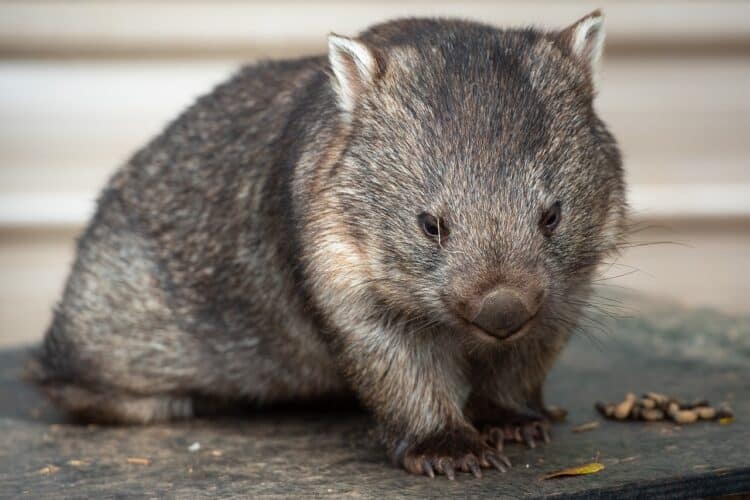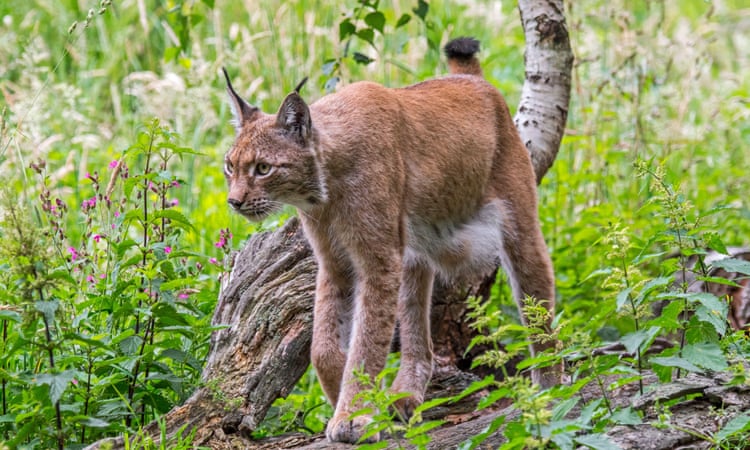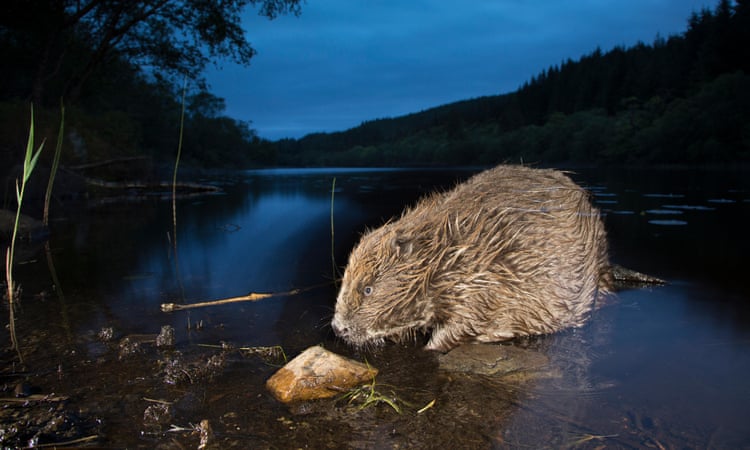The world’s most endangered feline species, the Iberian lynx, is making a comeback in Spain after being pushed to the brink of extinction.
But the costly efforts to reintroduce the spotted cat into the wild face an unexpected enemy – cars.
The number of lynx killed by collisions with vehicles has soared since Spain’s economic crisis began in 2008.
Last year a record 22 lynxes died after being hit by cars, up from just two in 2008.
Cars are “the greatest threat for the future of the lynx”, according to the the World Wide Fund for Nature.
“It’s revolting because it’s a problem that could easily be fixed,” said Ramon Perez de Ayala, species programme director at the WWF in Spain.
He estimates it would cost around €6m (£4m) to make roads safer for lynxes by clearing roadsides of brush, putting up barriers and setting up passages that allow the felines to safely cross roads.
“With the excuse of the economic crisis, we have not even carried out the most basic road maintenance works,” said Perez de Ayala.
The public works ministry said it “cooperates in the fight” against road accidents involving lynxes and has carried out needed road works.
The rise in lynx road deaths comes as efforts to boost lynx numbers through breeding programmes are starting to pay off.
Slightly larger than a red fox and distinguished by its black ear tufts, the lynx has seen its population ravaged by farming, poaching and a decline in wild rabbits, its main prey, due to disease.
Lynx numbers dropped from 100,000 at the beginning of the 20th century to less than 100 in 2002, leading the International Union for Conservation of Nature to list the animal as “critically endangered”.
“The Iberian lynx is the only feline classified in the highest category of risk of extinction,” said Catherine Numa of the Spanish branch of the Geneva-based body.
The WWF has warned that the Iberian lynx, found only in Spain and Portugal, could become the first big cat to go extinct since the sabre-tooth tiger died out 10,000 years ago.
This article was first published by The Guardian on 19 Jun 2015. Lead Image: A wild Iberian lynx (Lynx pardinus), female, in Sierra de Andújar natural park, Mediterranean woodland of Sierra Morena, north east Jaén Province, Andalusia, Spain. Photograph: NPL/Alamy.







Leave a Reply